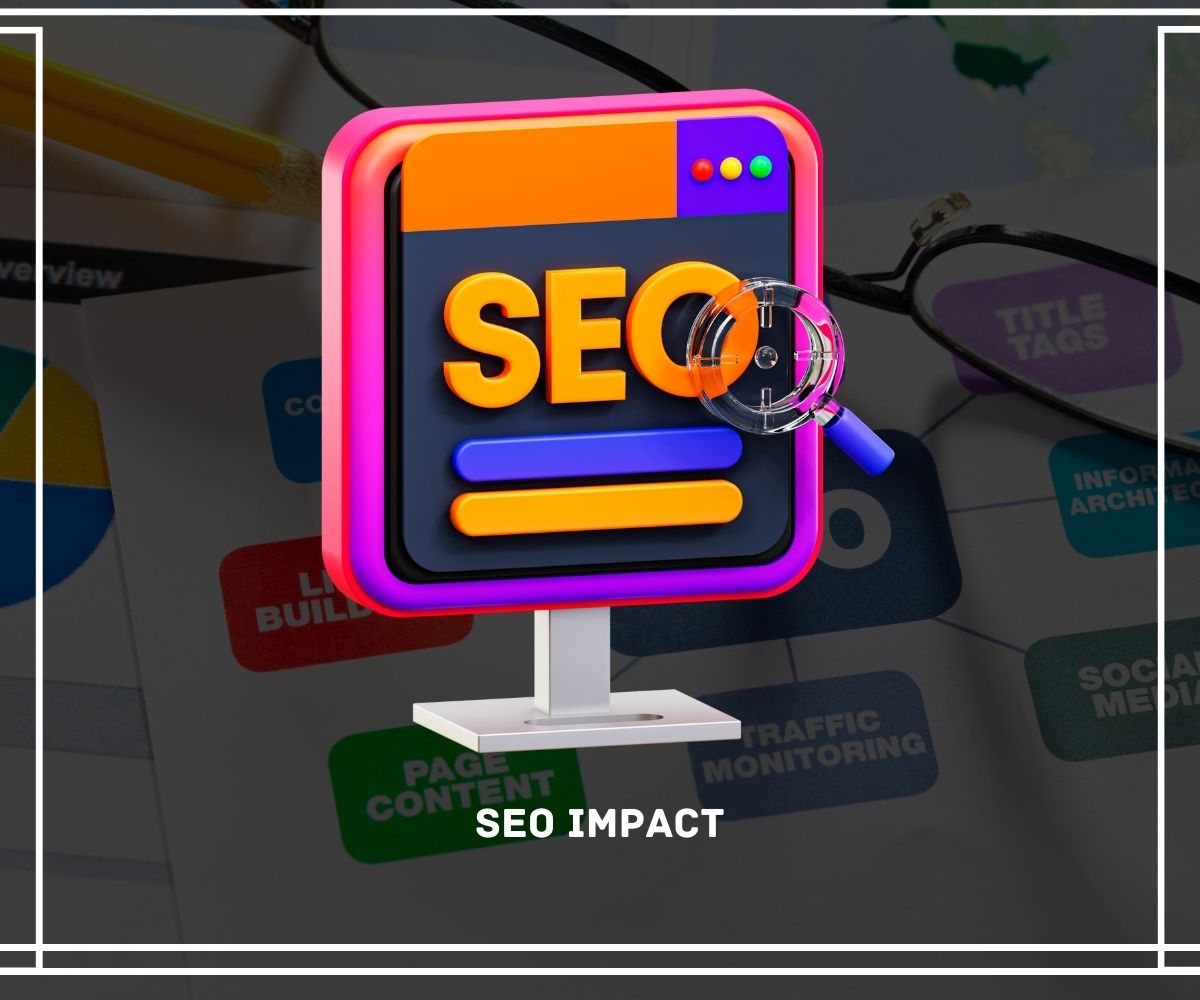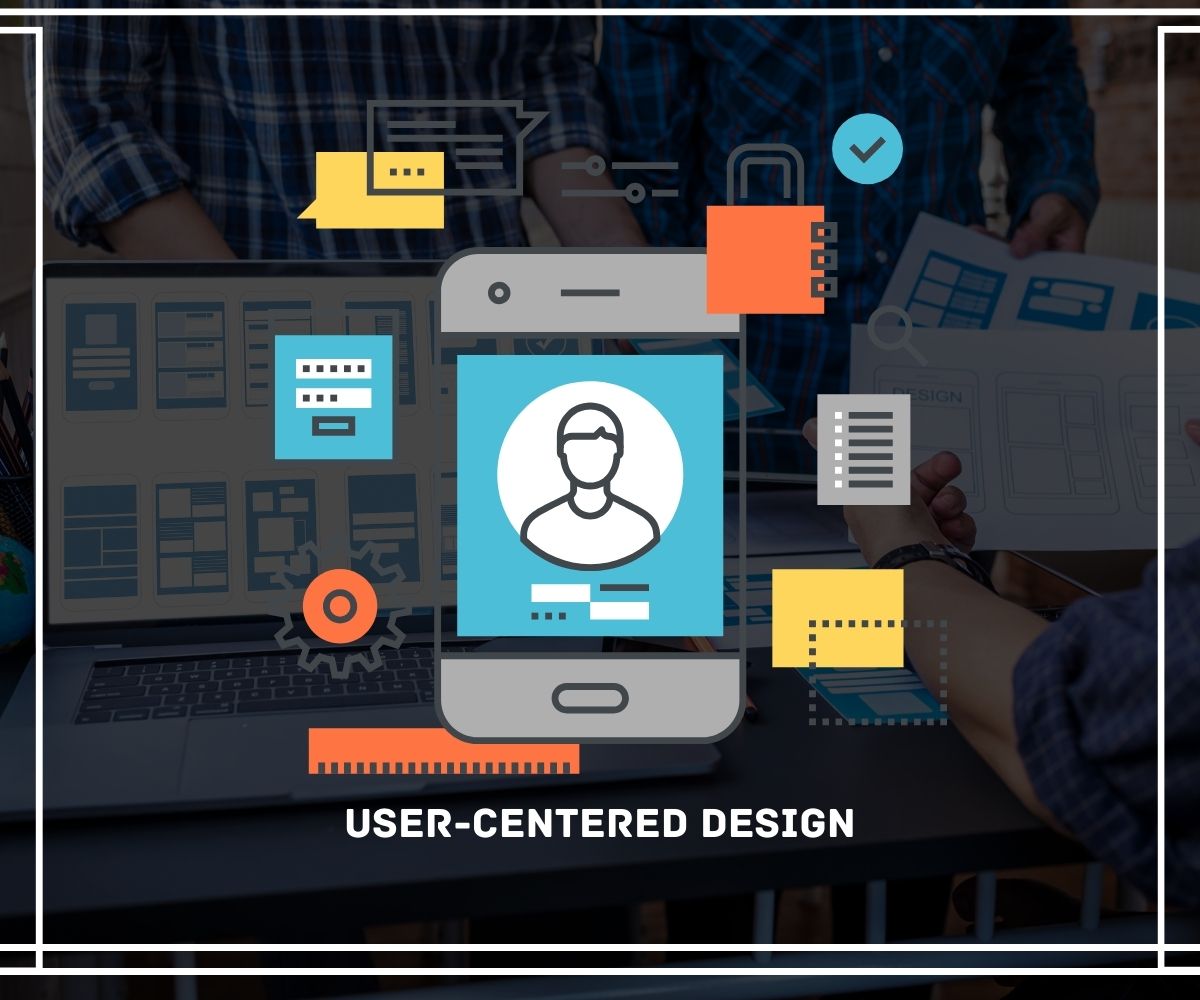The Importance of Website User Experience in Modern Digital Marketing

The Importance of Website User Experience in Modern Digital Marketing
In the ever-evolving world of digital marketing, staying ahead of the curve is essential for businesses looking to thrive online. It’s no longer sufficient to focus solely on driving traffic to your website or optimizing your search engine rankings. In the modern digital landscape, user experience (UX) has emerged as a critical factor that can make or break your online success. In this comprehensive guide, we will explore why website user experience is paramount in contemporary digital marketing and how it impacts every facet of your online presence.
The Digital First Impression
Picture this: a potential customer stumbles upon your website through a search engine query or a social media post. Their initial impression of your website is akin to the front entrance of a brick-and-mortar store. If it’s welcoming, organized, and aesthetically pleasing, they are more likely to stay and explore. Conversely, a cluttered, confusing, or slow website can make them hit the “back” button before giving your content a chance.

- First Impressions Matter: Your website is often the first point of contact between your brand and potential customers. A well-designed and user-friendly website can captivate visitors and set a positive tone for their interactions with your brand.
- Reducing Bounce Rates: High bounce rates can signal to search engines that your content isn’t meeting user expectations. A great UX can keep visitors engaged, reducing bounce rates and potentially improving your search engine rankings.
Mobile Responsiveness
With the widespread use of smartphones and tablets, mobile internet usage has skyrocketed. In fact, mobile devices now account for the majority of web traffic. This shift in user behavior means that having a mobile-responsive design is not just a nice-to-have but a necessity.
- The Importance of Mobile User Experience: A poor mobile user experience can result in lost customers and decreased visibility in mobile search results. Search engines like Google prioritize mobile-friendly websites in their rankings, so failing to optimize for mobile can have a significant impact on your online visibility.
- A Responsive Design Ensures: that your website adapts seamlessly to different screen sizes and orientations, providing users with a consistent and user-friendly experience regardless of the device they’re using. This not only enhances user satisfaction but also aligns with search engine optimization (SEO) best practices.
Conversion Optimization
Ultimately, the success of your digital marketing efforts often boils down to conversions. Whether your goal is to make sales, generate leads, or drive specific actions like newsletter sign-ups, a seamless user experience is instrumental in achieving these objectives.
- Guiding Users Through the Funnel: An intuitive user experience can guide visitors through the conversion funnel. It ensures that the path from initial interaction to conversion is clear and frictionless. This might involve optimizing the checkout process for an e-commerce site, streamlining the lead generation form, or making it easy for users to download your app.
- By eliminating obstacles: and making it as straightforward as possible for users to take the desired actions, you can significantly boost conversion rates. Even small improvements in UX can lead to substantial increases in conversion rates, making it a worthwhile investment for businesses.
SEO Impact
Search engine optimization (SEO) is a cornerstone of digital marketing. It’s the practice of optimizing your website to rank higher in search engine results pages (SERPs). While many factors influence SEO, user experience is an increasingly crucial element.

- Search Engines Favor User-Friendly Sites: Search engines like Google have shifted their algorithms to prioritize user-friendly websites. Factors such as page load speed, navigation structure, and mobile-friendliness are now critical ranking factors. If your website provides a subpar user experience, it’s likely to rank lower in search results, which can severely limit your online visibility.
- By contrast, a website designed with users in mind: is more likely to rank higher and attract organic traffic. This symbiotic relationship between SEO and UX underscores the need to invest in a superior user experience.
Brand Perception
Your website is not just a platform to convey information; it’s also a reflection of your brand’s identity. A polished, easy-to-navigate site sends a powerful message to visitors about your brand.
- Building Trust and Credibility: A user-friendly website contributes to a positive brand perception. It conveys professionalism and attention to detail, fostering trust and credibility. Visitors are more likely to engage with your content, make purchases, or share their contact information if they feel confident in your brand.
- On the flip side, a poorly designed or confusing website: can erode trust and drive potential customers away. In a digital world teeming with options, users are quick to judge and move on if they encounter a subpar user experience.
Competitive Edge
In the digital realm, competition is fierce. Regardless of your industry, you’re likely vying for attention and market share with numerous competitors. A superior user experience can give you a significant edge.
- Differentiation Through UX: Users are more likely to choose a website that offers a smoother, more enjoyable experience. A well-designed, user-centric website sets you apart from competitors and positions your brand as the preferred choice. This can lead to higher customer retention rates and increased market share.
- By investing in user experience: you demonstrate a commitment to meeting your customers’ needs and expectations. In a competitive marketplace, this commitment can be a powerful differentiator.
User-Centered Design
User-centered design (UCD) is a design philosophy that revolves around understanding your audience’s needs, preferences, and behaviors. It places the user at the center of the design process, ensuring that the end product aligns with their expectations.

- Delivering Relevant Content and Features: Implementing UCD principles can lead to more relevant content and features on your website. By conducting user research, gathering feedback, and conducting usability testing, you can gain valuable insights into what your audience wants and needs.
- This user-driven approach can result in a website that caters to the specific requirements of your target audience: increasing engagement and satisfaction. It’s an iterative process that involves ongoing refinement based on user feedback, ultimately leading to a website that aligns perfectly with user expectations.
Accessibility
Accessibility is an often-overlooked aspect of user experience, but it’s a critical one. An accessible website ensures that users of all abilities can access and navigate your content.
- Expanding Your Audience: Ensuring your website is accessible to all users, including those with disabilities, not only expands your audience but also aligns with legal requirements and ethical considerations. Web accessibility standards, such as the Web Content Accessibility Guidelines (WCAG), provide guidelines for creating websites that are inclusive and user-friendly for everyone.
- By investing in accessibility, you demonstrate a commitment to equal access and inclusivity: which can enhance your brand’s reputation and broaden your customer base.
Data-Driven Improvements
User experience is not a one-time endeavor; it’s an ongoing process of improvement and refinement. Regularly analyzing user behavior and feedback allows you to make data-driven improvements to your website.
- Continuous Optimization: By studying metrics such as user flow, click-through rates, and heatmaps, you can identify pain points in the user journey and areas that need improvement. This data-driven approach enables you to optimize your website over time, fine-tuning it for better performance and user satisfaction.
- Whether it’s simplifying navigation, improving page load times, or enhancing the checkout process: these incremental improvements can have a significant impact on user experience and overall website performance.
Customer Loyalty
In the digital marketing landscape, customer loyalty is a coveted prize. A positive user experience can be a driving force behind building and maintaining customer loyalty.

- The Power of Happy Customers: Happy customers are more likely to return, make repeat purchases, and recommend your brand to others. A seamless and enjoyable user experience leaves a lasting impression and fosters a sense of trust and affinity with your brand.
- Moreover, in the age of social media and online reviews: satisfied customers are more likely to share their positive experiences with others, amplifying your brand’s reach and reputation. Customer loyalty, driven by exceptional user experiences, can be a sustainable source of business growth.
Conclusion
In conclusion, the importance of website user experience in modern digital marketing cannot be overstated. It’s not merely about aesthetics or functionality; it’s about creating an environment where users can easily find what they need, engage with your brand, and, ultimately, convert into loyal customers. Prioritizing UX is an investment that pays off in improved search rankings, higher conversions, a stronger brand reputation, and long-term customer loyalty in today’s competitive online landscape.
As you navigate the ever-changing digital marketing landscape, remember that user experience isn’t a one-time consideration; it’s an ongoing commitment to meeting and exceeding user expectations. By consistently delivering outstanding user experiences, you can ensure that your brand remains at the forefront of the digital marketplace, gaining a competitive edge and achieving sustainable success.